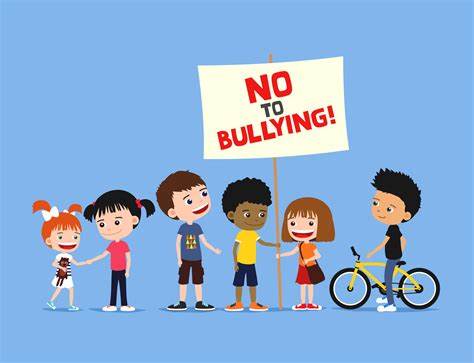The Importance of Public Awareness Campaigns in Addressing Bullying
Awareness Cam

H2: Empowering a Bully-Free Society: The Crucial Role of Public Awareness Campaigns
Bullying is a serious problem that affects millions of children and adolescents worldwide. It can have devastating consequences for victims, including depression, anxiety, low self-esteem, and even suicide. Citizen engagement campaigns are an essential tool for addressing bullying and creating a more positive and supportive environment for all children.
What are public awareness campaigns?
Public awareness campaigns are designed to educate the public about a particular issue and to change attitudes and behaviors. They can use a variety of methods to reach their target audience, including:
- Mass media (e.g., television, radio, print)
- Social media
- School programs
- Community events
How can public Citizen engagement help to address bullying?

Public awareness campaigns can help to address bullying in a number of ways:
- They can raise awareness of the problem. Many people are unaware of the extent of bullying or its harmful effects. Public awareness campaigns can help to educate the public about these issues and to change attitudes towards bullying.
- They can provide information about how to prevent and respond to bullying. Public awareness campaigns can provide parents, teachers, and other adults with the information they need to help prevent and respond to bullying. This information can include tips on how to talk to children about bullying, how to create a safe and supportive environment, and how to report bullying.
- They can create a sense of community and support. Public awareness campaigns can help to create a sense of community and support for victims of bullying. This can help victims to feel less alone and more empowered to speak out against bullying.
Examples of effective public awareness campaigns
There are a number of effective public awareness campaigns that have been developed to address bullying. Some examples include:
- The National Bullying Prevention Center’s “Stop Bullying” campaign is a national campaign that provides resources and information to help prevent bullying. The campaign includes a website, a hotline, and a social media presence.
- The Ad Council’s “I Am a Witness” campaign is a public service campaign that encourages people to speak out against bullying. The campaign includes a series of television and print ads that feature celebrities and everyday people sharing their stories of being bullied or witnessing bullying.
- The National Education Association’s “Respect for All” campaign is a school-based program that helps to create a safe and supportive learning environment for all students. The program includes lesson plans, activities, and resources for teachers and students.
Conclusion
Public awareness campaigns are an essential tool for addressing bullying and creating a more positive and supportive environment for all children. By raising awareness of the problem, providing information about how to prevent and respond to bullying, and creating a sense of community and support, public awareness campaigns can help to make a real difference in the lives of children and adolescents.
Public Awareness Campaigns: A Vital Force in Combating Bullying
Bullying, a pervasive issue affecting children and adolescents worldwide, demands a multifaceted approach to effectively address its detrimental impact. Public awareness campaigns serve as a cornerstone in this fight, raising consciousness, fostering empathy, and mobilizing communities to create a more positive and supportive environment for all children.
Public awareness campaigns play a pivotal role in:
- Educating the Public: Campaigns provide accurate information about bullying, its forms, consequences, and the importance of reporting it. By dispelling myths and misconceptions, they empower individuals to recognize and respond appropriately to bullying behavior.
- Raising Awareness: Campaigns capture public attention and bring the issue of bullying to the forefront of societal discourse. They highlight the prevalence, severity, and long-term effects of bullying, galvanizing individuals to take action and create change.
- Changing Attitudes and Behaviors: Effective campaigns challenge societal norms that tolerate or even condone bullying. They foster empathy and compassion, encouraging individuals to intervene when they witness bullying and support those who have been victimized.
- Mobilizing Communities: Campaigns empower communities to develop and implement local initiatives that address bullying. They encourage collaboration between schools, families, law enforcement, and community organizations to create a comprehensive and supportive network for children.
By raising awareness, educating the public, and mobilizing communities, public awareness campaigns contribute significantly to reducing bullying and fostering a more positive and supportive environment for all children. They play a vital role in creating a society where every child feels safe, respected, and valued.

